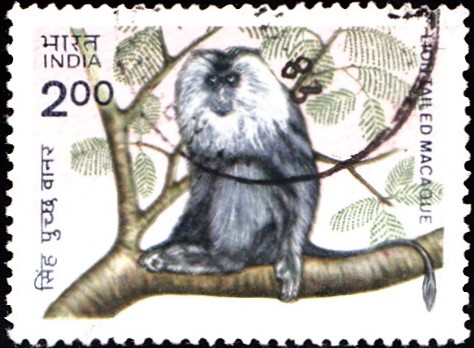
Indian Wildlife 1983
A set of two commemorative postage stamps on the Endangered Primates : Golden Langur (Presbytis geei) and Lion-tailed Macaque (Macaca silenus) :
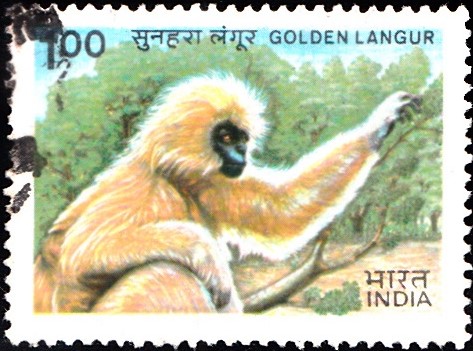
 Issued by India
Issued by India
Issued on Oct 1, 1983
Description of Designs : Designs for both the stamps have been prepared by India Security Press, Nasik. The design of the First Day Cover showing “BARBES LEAF MONKEY” is based on the colour photo by courtesy the Govt. of Tripura. The cancellation has been designed by Alka Sharma.
Type : Stamps, Postal Used
Colour : Multicolour
Denomination : 100 & 200 Paise
Overall size : 3.91 x 2.90 cms.
Printing size : 3.55 x 2.54 cms.
Perforation : 13 x 13
Paper : Unwatermarked adhesive stamp paper
Number printed : 15,00,000 each
Number per issue sheet : 35
Printing process : Photogravure
Printed at : India Security Press
About :
- Fauna and flora are not only nature’s gift to mankind but also vital elements in the biosphere that supports human life on this fragile planet. Forests and wildlife are intricately intertwined in our eco-system and each draws sustenance from the other and in turn forms biocoenotic relationship with man. However, man often fails to realise this vital relationship. As more and more trees are felled to meet the growing need for wood, as more and more forests are cleared to provide land for human use, the wildlife habitat is constantly, and often irretrievably, shrinking. Industrial effluents also contribute to degradation of natural habitat. Shrinking forests, degradation of habitat, indiscriminate decimation at the hands of poachers have resulted in many species of fauna being forever lost to mankind, many being gravely endangered and threatened. Time is at hand for a concerted and multidimensional global effort to protect and preserve wildlife for the posterity. In order to focus attention on the urgent need for conservation, Indian P & T Department brings out a set of two stamps on Lion-Tailed Macaque and Golden Langur, two endangered indigenous primates, during the National Wildlife Week.
- LION-TAILED MACAQUE (Macaca ilenus)
- The home of this species of primate is the tropical rain forests of the Western Ghats in South India. Formerly ranging freely from Goa to Kanyakumari along the Western Ghats, it is now restricted to the Nilgiris, the Cardamom Hills, the Anaimalais and Periyar. It is generally found in the evergreen forest belt at the altitudes of 800 m to 1300 m. It has a glossy black coat, thick mane and a tufted tail. Shy and seclusive by nature, it confines itself to treetops and is therefore difficult to encounter in its dense, dark forest environment. It feeds on fruits, roots and insects. The continuous assault on its habitat has reduced its total population in the wild to about 200.
- GOLDEN LANGUR (Presbytis geei, Khajuria 1958)
- This primate was discovered by the renowned naturalist, E. P. Gee in 1955. It is a beautiful animal with a black, hairless face except for a long, pale beard that gives a golden iridescence in bright light. Its habitat is dense deciduous tropical forests with ‘sal’ (Shorea robusta) as the predominant vegetation. It is limited to a very small area in north-western Assam and south-central Bhutan and is distributed on both banks of the Brahmaputra river. Golden Langur is exclusively vegetarian. Its population in the wild is very limited making it one of the rare species.
- (Text by courtesy : Sharad Gaur & Ajoy Bagchi)


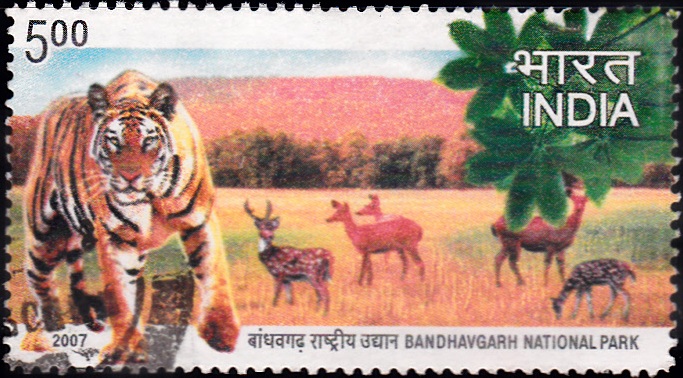
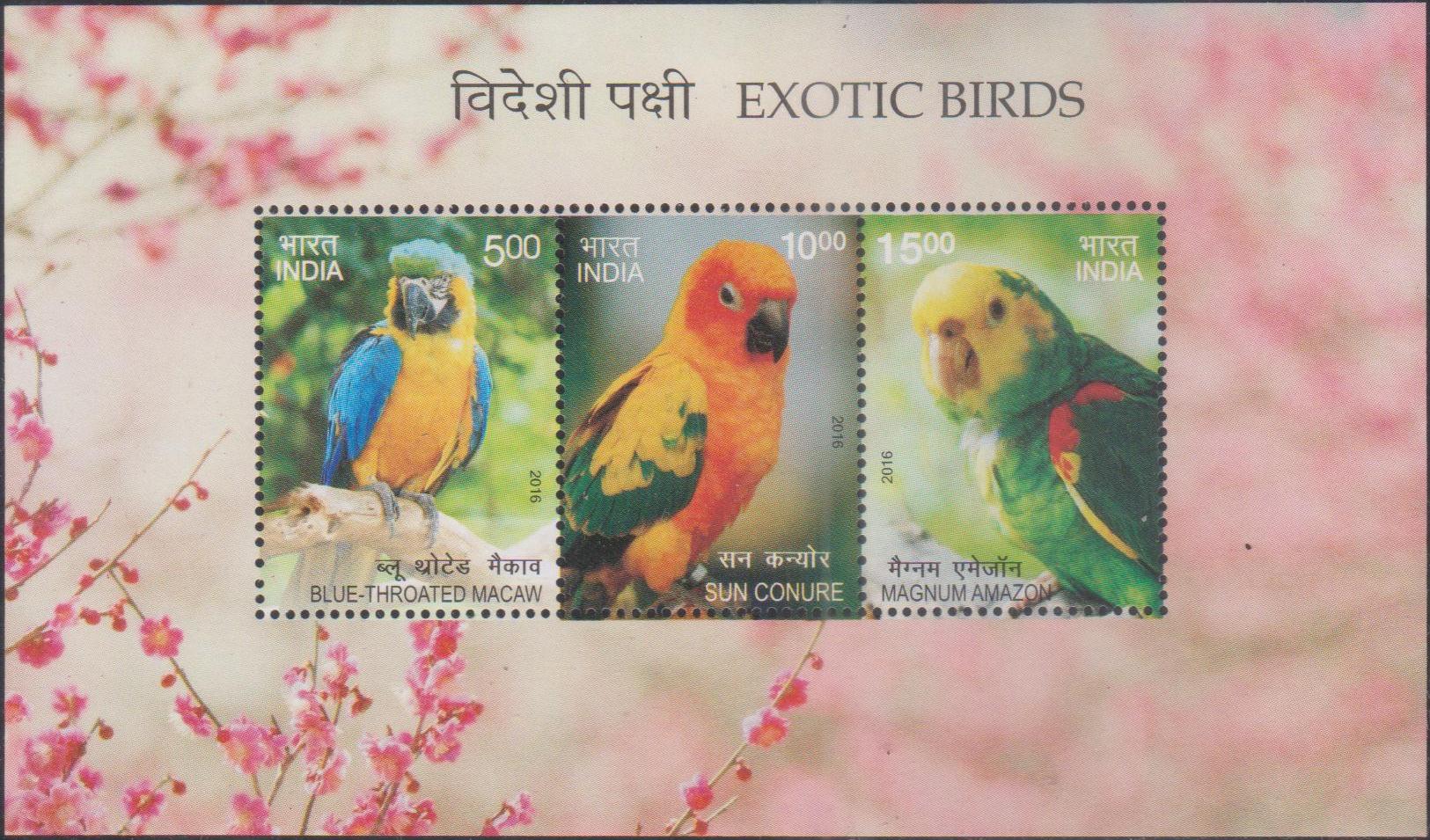

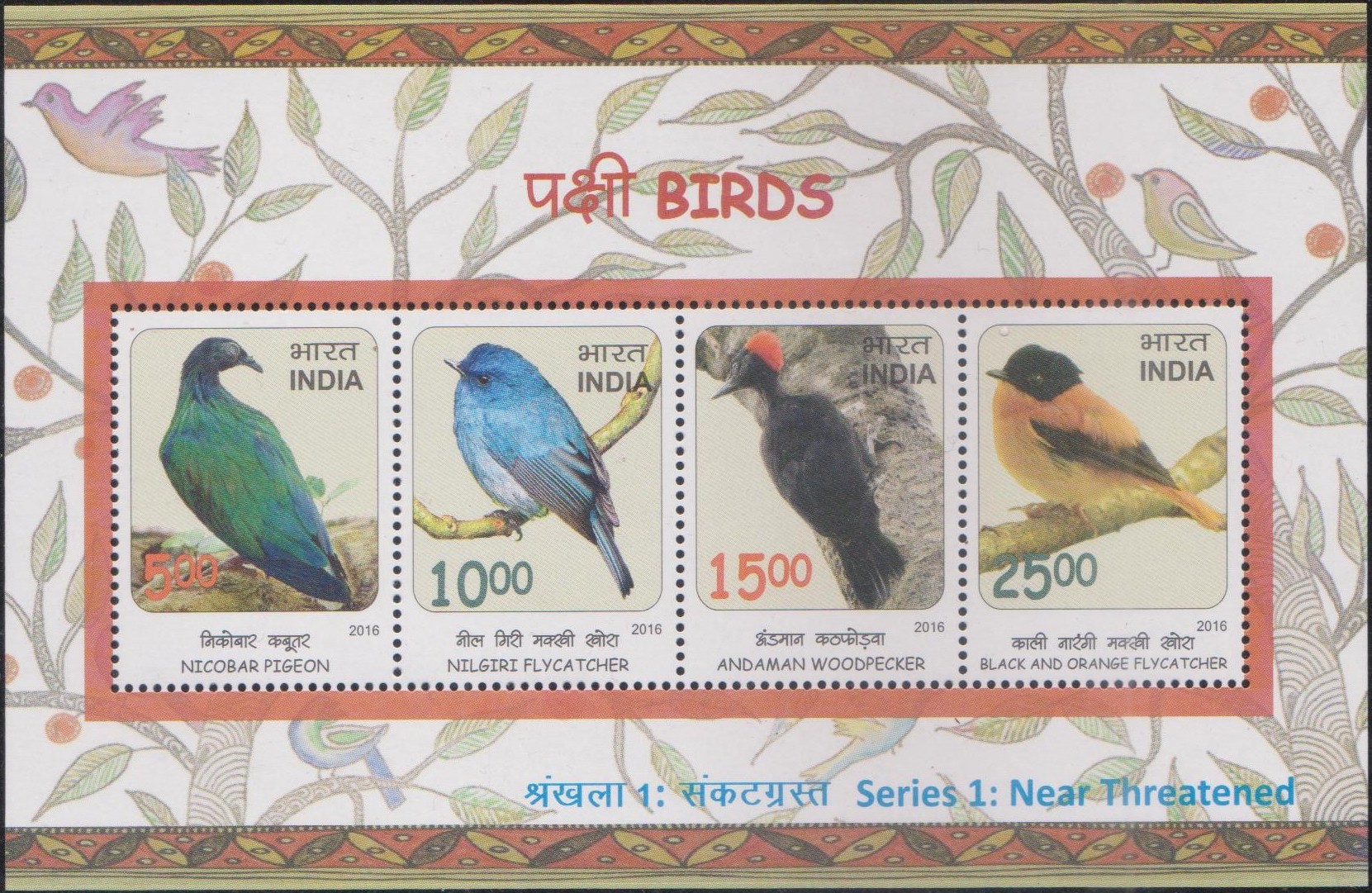
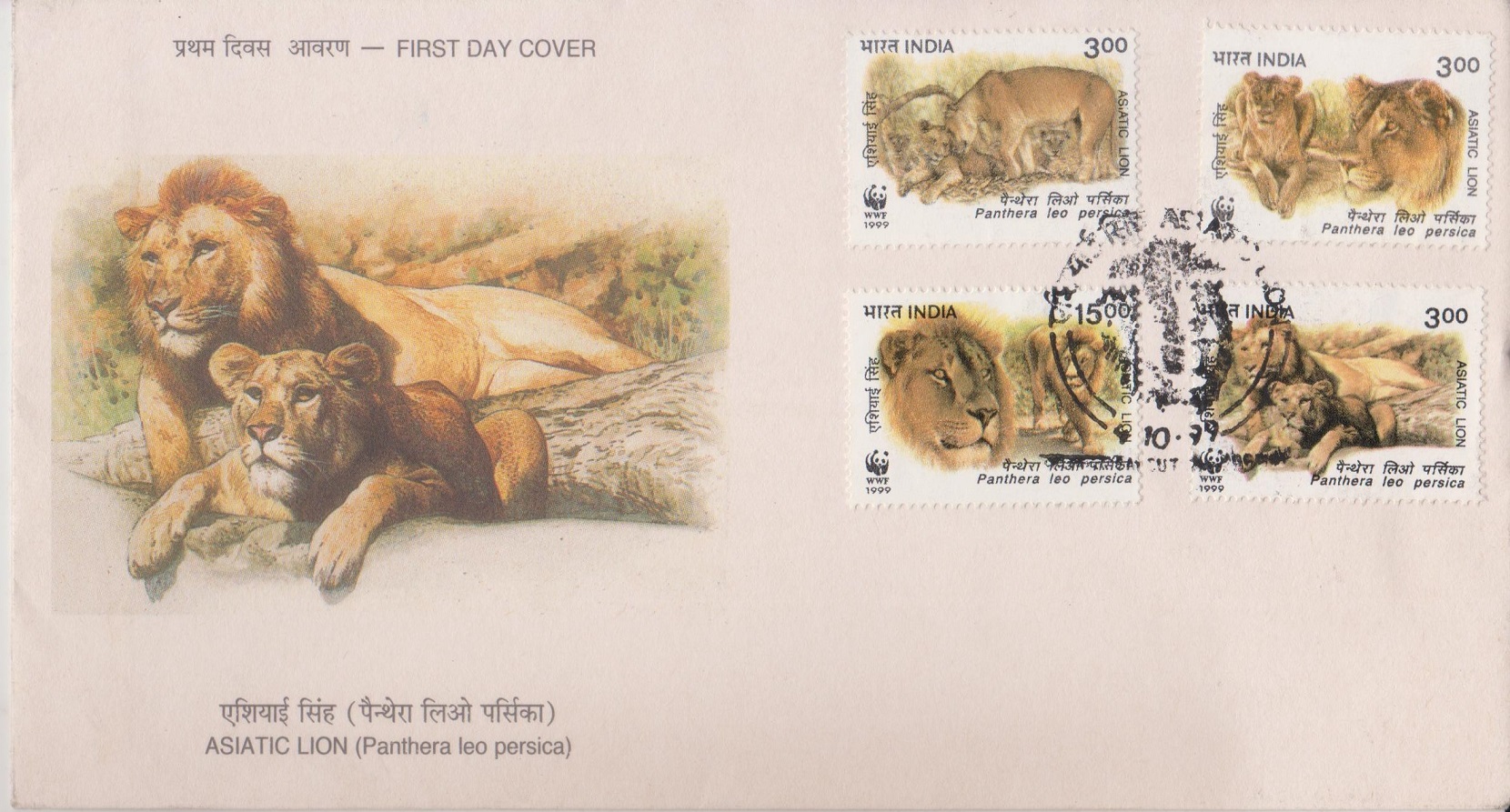

[…] Though only one variety of ape is found in India – the Hoolock or white-browed Gibbon – there are many macaques and Langurs, including the beautiful, newly-discovered golden Langur. […]
[…] valley is home to 23 mammalian species including three endangered ones: the tiger, the lion tailed macaque and the Nilgiri langur. Other than the elephant, lion tailed macaque, Nilgiri langur, common […]